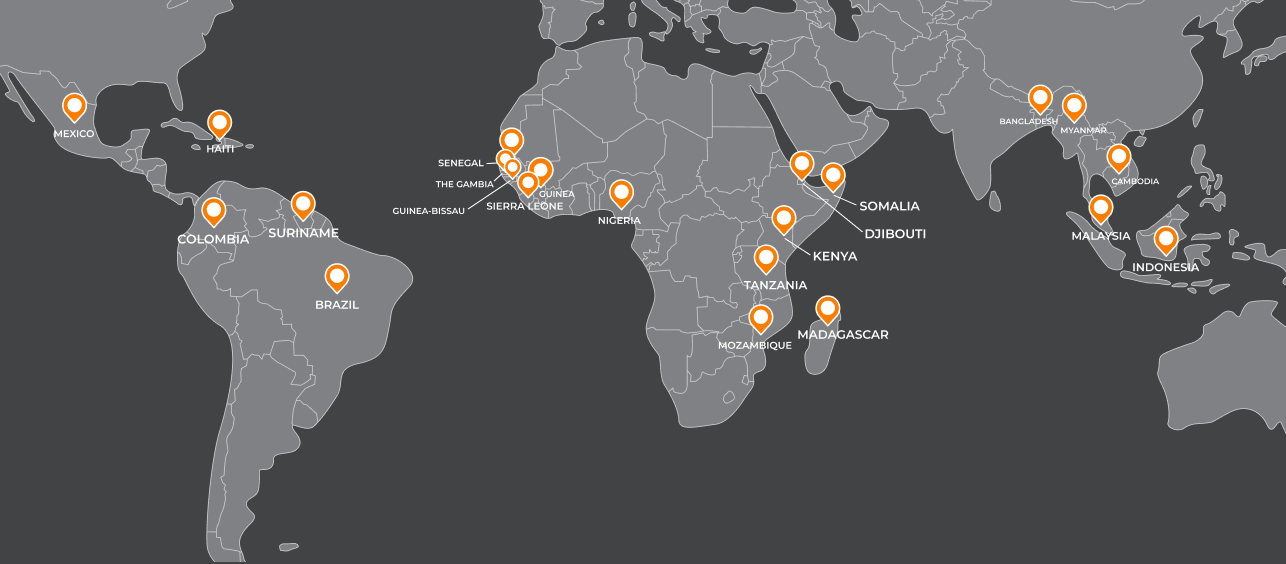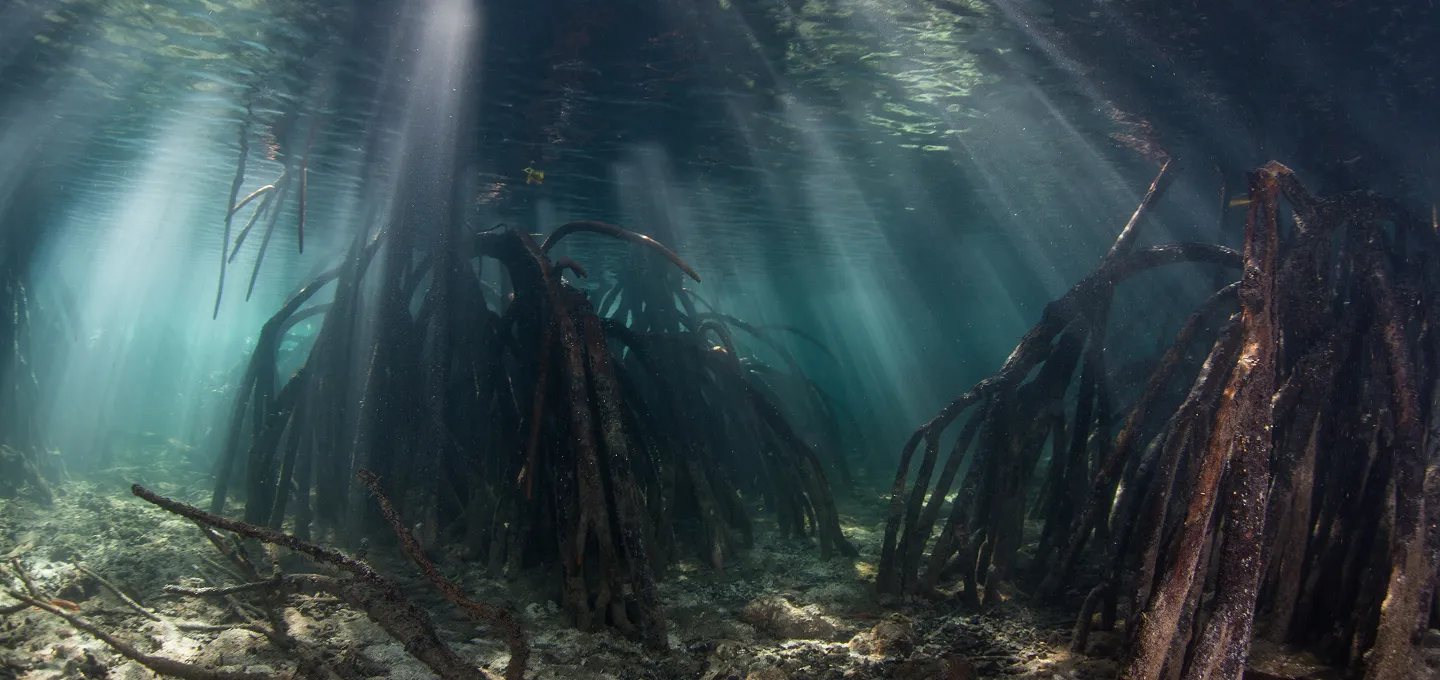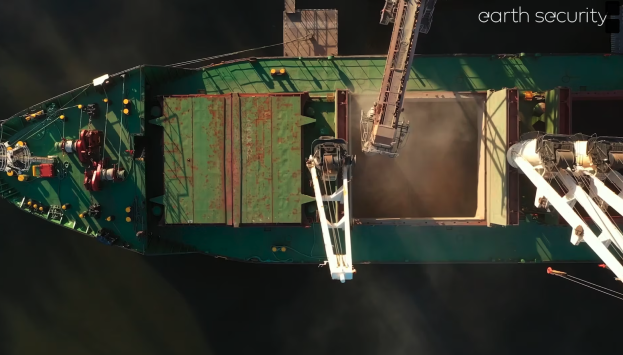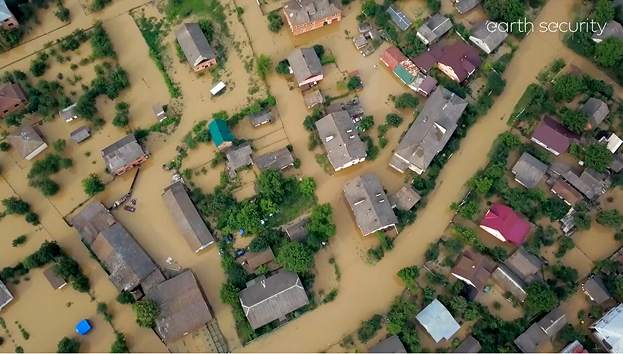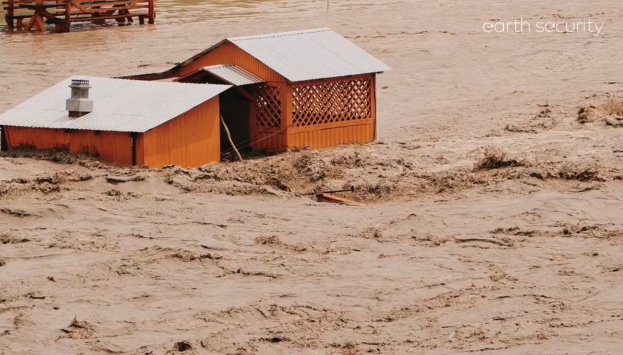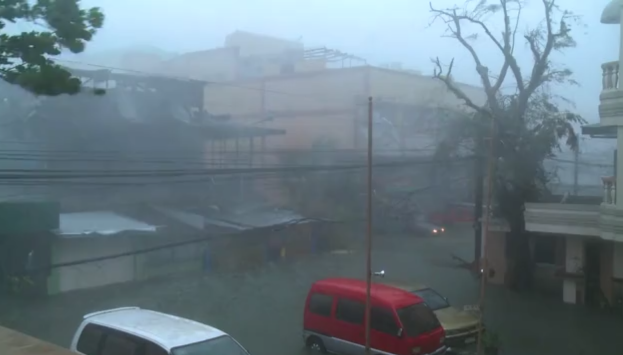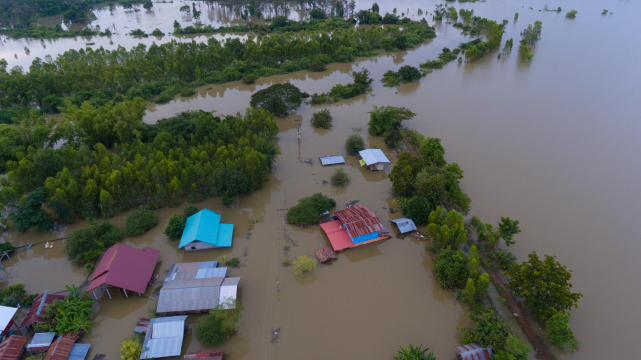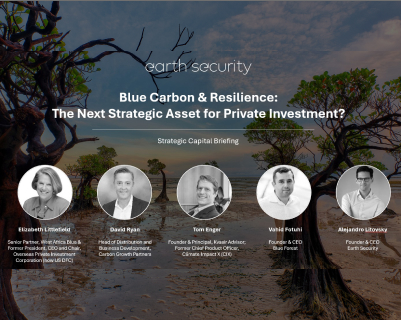Press Release. London, June 21 2022
.jpeg)
A new report published by Earth Security offers a ground-breaking way for insurers to improve risk modelling and enhance the resilience of infrastructure to climate change; by incorporating the economic value of coastal mangrove forests as natural storm barriers.
The sustainable finance firm shows how insurance and reinsurance companies have paid more than USD 300 billion for coastal storm damages in the last decade. This is expected to increase 10-fold in the next decade as climate change proliferates.
Mangroves are not just a powerful source of natural carbon capture and storage; they save an estimated USD 65 billion per year in avoided losses from floods and storms and can be 50 times more cost-effective at resisting storms than building concrete seawalls.
The report, Insurance Underwriting with Nature: How Mangroves Can Transform the Climate Strategy of Companies, Cities and Re/insurers, shows that in some coastal cities, mangroves can reduce up to 100% of the physical damage from coastal storms and floods. By incorporating these values into Catastrophe (CAT) modelling and the development products for corporate and government clients, the re/insurance sector could place itself at the forefront of climate innovation and make a positive contribution to the planet.
In doing so re/insurers could spur wider action by corporates and governments, using nature as a type of ‘green infrastructure’ to keep insurance premiums at manageable levels while protecting and restoring an endangered coastal ecosystem. To date, half of the world’s mangroves have been destroyed because of intense pressures, giving them the highest rate of deforestation of any kind of forest.
“Mangroves are particularly effective at absorbing the impact of waves and storm flood surges: 100- meter-wide mangrove forests can reduce the height of waves by up to 70%, while 500-meter-wide forests can reduce it by up to 100%,” the report, which uses five locations along the Philippines coastline as a case study, says
Until now, the value of natural assets such as mangroves has been widely overlooked in the business sector and is not reflected in current CAT models used to price insurance policies. The report offers a simple methodology for insurers to update their thinking on how they can work in partnership with nature and overcome the limitations of the simulations they currently use.
“Proprietary CAT models do not specify climate change scenarios and are based on past data. This makes the issue of climate change and weather system disruption a critical challenge for modelers and the re/insurance companies they serve,” the report says.
As the re/insurance sector squares up to the challenge of overhauling antiquated business models to address global warming*, factoring the coastal protection offered by mangrove forests into risk underwriting, insurance products and commercial strategies offers an overlooked market opportunity.
This would give re/insurers a critical role to play in catalysing action by companies, governments and stakeholders to help the transition to net-zero and build a nature-positive future.
Alejandro Litovsky CEO of Earth Security and lead author of the report said: “Financial and corporate decision-makers without an understanding of nature-based solutions are missing out on the opportunity to develop the companies of the future; inspire clients and employees, build resilience to climate change, restore biodiversity and support local communities.”
Michael ‘Mitch’ Rellosa, Executive Director of the Philippines Insurance and Reinsurance Association, (PIRA) said: "We see the strategic potential for the re/insurance industry to factor coastal ecosystems into underwriting processes. We are supporting Earth Security’s work and innovative insights into the risk mitigation qualities of natural assets, helping build the resilience of the Philippines and the insurance sector to catastrophic weather events."
Find all our reports here or get in touch.
Explore the reports
The Earth Security Index Reports provided in-depth analysis of critical themes across selected industries and market geographies, enabling investors to anticipate and respond to emerging global dynamics. Download and explore the full Earth Security Index reports:






